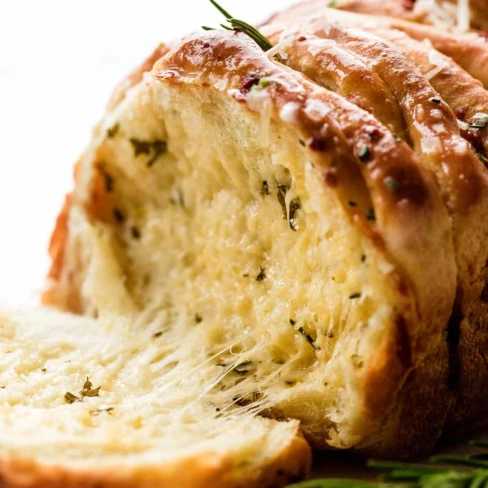Rosemary Garlic Pull Apart Bread
Prep Time
3h
Cook Time
50m
Total Time
3h 50m
This Rosemary Garlic Pull Apart Bread recipe creates a soft and savory bread filled with the flavors of fresh rosemary and garlic. With a hint of cheese and a sprinkle of sea salt, this delicious pull-apart bread is perfect as an appetizer, side dish, or snack.
Ingredients
Steps
Nutrition Facts
Ingredients
(Servings:
1)
Scale
Scale
Dough
Filling
Optional Topping
Steps
View steps on sallysbakingaddiction.com or by saving the recipe to your
personal library.
Register for free to start
saving recipes.
Nutrition Facts
Nutrition facts are based on 1 serving. If servings is not specified, 6 is assumed for the total
recipe.
-
Calories3,884kcal194%
-
Fat188g9%
-
Saturated Fat112g5%
-
Carbohydrates421g21%
-
Fiber16g0%
-
Sugar45g2%
-
Protein110g5%
-
Cholesterol674mg33%
-
Sodium3,320mg166%
Percent Daily Values are based on a 2,000 calorie diet.
